These ten destinations offer great public land hunting and a chance to bring home something to make your taxidermist happy.
By Bernie Barringer
Everyone who travels to hunt whitetails seems to have a favorite place to go. I’ve bowhunted whitetails in more than a dozen states and I have some places I just can’t wait to get back to. You might be surprised that I have included them here, but I don’t mind if I see you out there, I’ll just have to try to outwork you. I’ve narrowed down ten of my top destinations for a DIY road trip whitetail hunt.
Some of these are well-known destinations, others not so much. Each offers different scenery and a different experience. So here is my top ten in no particular order.
Kansas WIHA
The Walk In Hunting Access (WIHA) program in Kansas is primarily geared at upland bird hunting, and most of the land is more suitable to quail and pheasants than to deer, but the amount of excellent deer habitat enrolled in this program is quite remarkable when you really dig into it. WIHA is a program whereby landowners can enroll their land and receive a small payment for allowing the public to hunt. WIHA properties change some from year to year, but most years, about 100,000 acres are enrolled.
It takes some investigative work, mostly through satellite photography online, but you can find some excellent deer hunting that’s open to the public; just show up and start hunting. Look for creek bottoms, shelterbelts and wooded areas near crop fields to find the bucks. Kansas department of Wildlife and Parks offers maps of the areas, and produces a printed booklet each year with maps showing the WIHA areas.
Kansas is proud of their nonresident deer tags, hunting privileges will set you back nearly $500. You must apply in the spring but drawing odds are nearly 100% in most zones.

Wayne National Forest, Ohio
When you think of a National Forest, you might think of huge blocks of uninterrupted timber and difficult big woods hunting. The Wayne National Forest in Southeast Ohio doesn’t fit that description at all. Its 244,000 acres (yes you read that right) is fragmented into hundreds of small properties bordered by private lands. Some of the private lands are forested and some of which are farmland. You can see the potential here just by understanding how often bucks like to bed in cover then move out into the crops and hayfields to feed.
The areas are characterized by hills covered in oak and hickory forests where nice bucks like to run the ridges and valleys where they chase does through the brushy lowland. Hunting pressure can be high in some areas, but because of the sheer size of the area and the immense number of broken up public hunting properties in sizes from half a square mile to a couple dozen square miles, hunters can find a place to hunt without competition. Some really good bucks come out of these areas each year, and if you work hard to find an out-of-the way nugget of good, unpressured habitat, you can expect to see some bucks in the 130 range and possibly up to 150.

Access is best through the trail system in the larger blocks of timber. Horseback riding, hiking and ATV trails all penetrate the timber, but get most of their use during the summer. Some of the many campgrounds are kept open through the fall for hunters and dispersed camping is also allowed, meaning you can camp where you can pull an RV off the road or set up a tent in a remote area.
Ohio’s Nonresident tags and licenses are available over the counter and are still a bargain but are on a scale where they increase every year until they reach $248 in 2020.
Wisconsin’s Managed Forest Law
Everyone knows about the state of Wisconsin’s ability to produce big bucks, including the number one county in the nation for producing Boone & Crockett bucks, Buffalo County. But few people know about this little-known program that allows landowners to put their land into Managed Forest designation. This program offers incentives to landowners to wisely manage their forested land. Landowners can designate the land open to hunting, and many do. They can close up to 320 acres to hunting, which they can either lease out, deny any hunting privileges or allow hunting on a permission basis. Because there are public financial incentives going to the landowner, it stands to reason that the public should get some benefit.
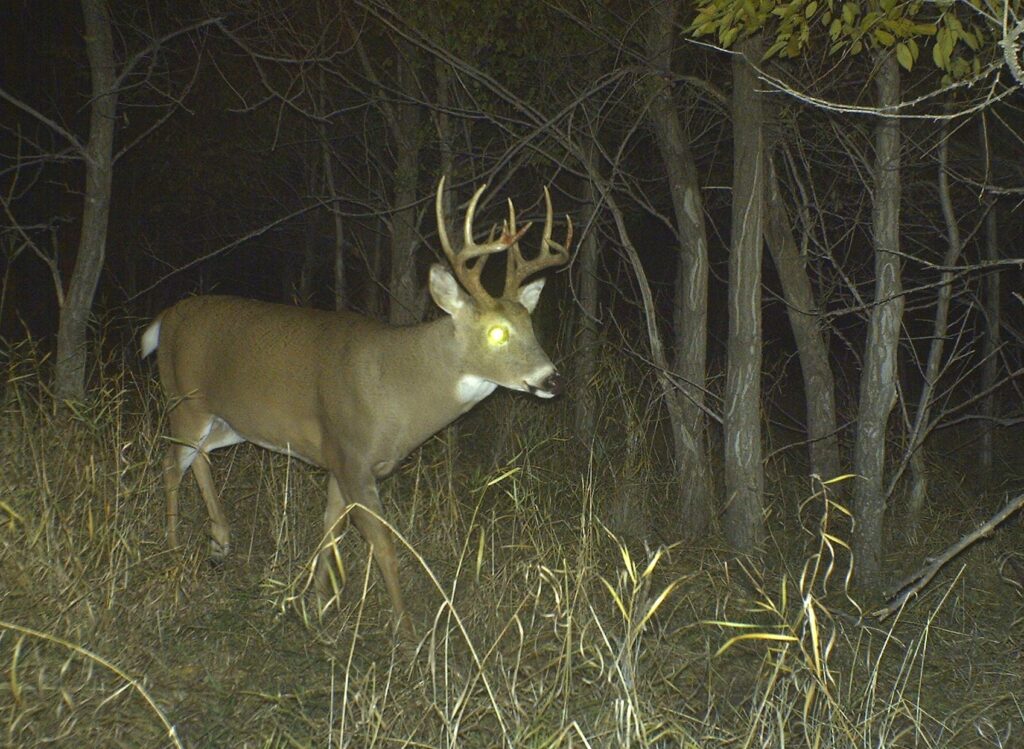
Any landowner who has more than 320 acres in the program must allow the public to hunt the remainder. This opens up a lot of land to public hunting, and some of it has great potential to produce some nice bucks for the hunter willing to find it and work out a plan. Because the details of this program are not well known, hunting pressure is generally light. Start at dnr.wi.gov and with a little work you can find your own little honey-hole.
Nonresident tags and licenses are available over the counter and will run you about $160.
Missouri River, North Dakota
The entire state of North Dakota is rebounding from low deer numbers and now’s a good time to go hunt one of the most overlooked gems in whitetail hunting. The state has an abundance of public land and a lot of it rarely gets hunted outside a few days during the rifle season. There’s plenty of elbow room for bowhunters, and in fact the areas I hunt I have rarely seen another hunter in a week of chasing deer during the bow season.
One of the biggest keys to getting away from other hunters is the incredible amount of public hunting land owned by the US Army Corps of Engineers which line both sides of the Missouri River and its reservoirs. In some places it’s a mile wide and in others just a couple hundred yards wide. Much of it is leased to local landowners who farm it in exchange for leaving some of the crops overwinter to benefit wildlife.
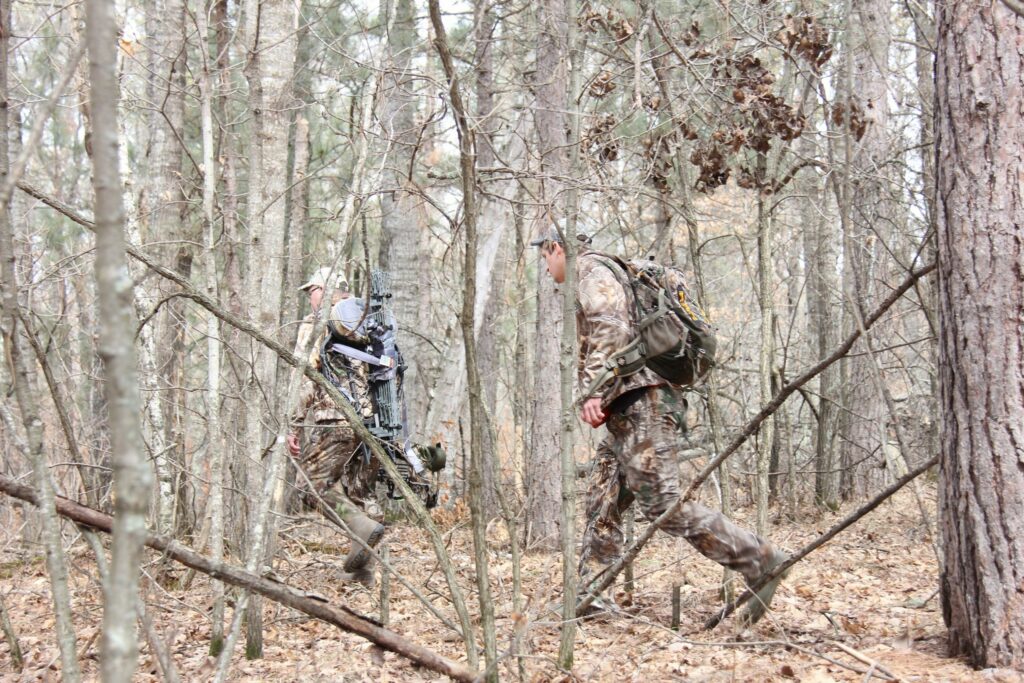
From Lake Oahe to the south, upstream along the river to the dam at Sakakawea is excellent whitetail habitat interspersed with dry prairie, so you’ll have to pick your spot. Lake Sakakawea is 177 miles long and both sides are almost entirely bordered by public hunting land. The hunting along the lake and the river to the west takes place in shelterbelts where small, snarly trees make it difficult to hang a stand so most hunting is done with ladder stands and ground blinds.
Nonresident deer licenses in North Dakota are unlimited for bowhunters and on a draw system for firearms hunters. A license will set you back only $270.
Mississippi River Bottoms, IA, WI, MN, IL
If you think of the well-known counties that produce giant bucks in southwest Wisconsin, southeast Minnesota, northeast Iowa, and western Illinois, you will notice they all have one thing in common: the Mississippi River. The flood plain and the many islands of the upper Mississippi, North America’s greatest river, have little hunting pressure for one primary reason. They are hard to access.
A whole lot of people would sure like to keep this quiet, but the Iowa DNR has recently started checking boat ramps along the river during deer season to get a feel for just how many people are hunting and killing bucks on the islands, sloughs and backwaters of the river.
Some of the hunting can be done without a boat, as roads come within reach of the river’s great habitat, but there’s risk in this too. You might have the perfect stand set-up only to discover that rains have flooded the area when it comes time to hunt.
For sure, bucks retreat to these islands when the guns start blazing in the surrounding lands. And of course all the bordering states do not have firearms seasons that start at the same time, so with a little thought you can figure out just how great the opportunity is here.
There is a distinct line down the middle of the main river channel that determines state boundaries and you’ll need to be careful you don’t cross over that line if you are not properly licensed in more than one state. A GPS with a mapping program will show the line. Most of the floodplain and islands are under jurisdiction of the US Army Corps of Engineers, but there are state and county public hunting areas along both sides of the river as well.
Iowa’s deer licensing will hack your wallet for nearly $600 plus at least a couple preference points at $50 each. Tags in Minnesota and Wisconsin are available OTC and Illinois has an application process but usually has leftover tags available.
Northern Missouri Archery Only Areas
A .5% sales tax fund that goes right into wildlife habitat and management has been a great thing for the state of Missouri. It really shows in the number and quality of public hunting lands in the state. The northern half of the state and the counties along the Missouri river which cuts through the middle of the state produce by far the most record book bucks. Large public hunting lands are found in the northern counties, and some of them are designated for bowhunting only. If you are looking for a rut hunt in a quality state where the properties do not get hammered during rifle season, this is it.
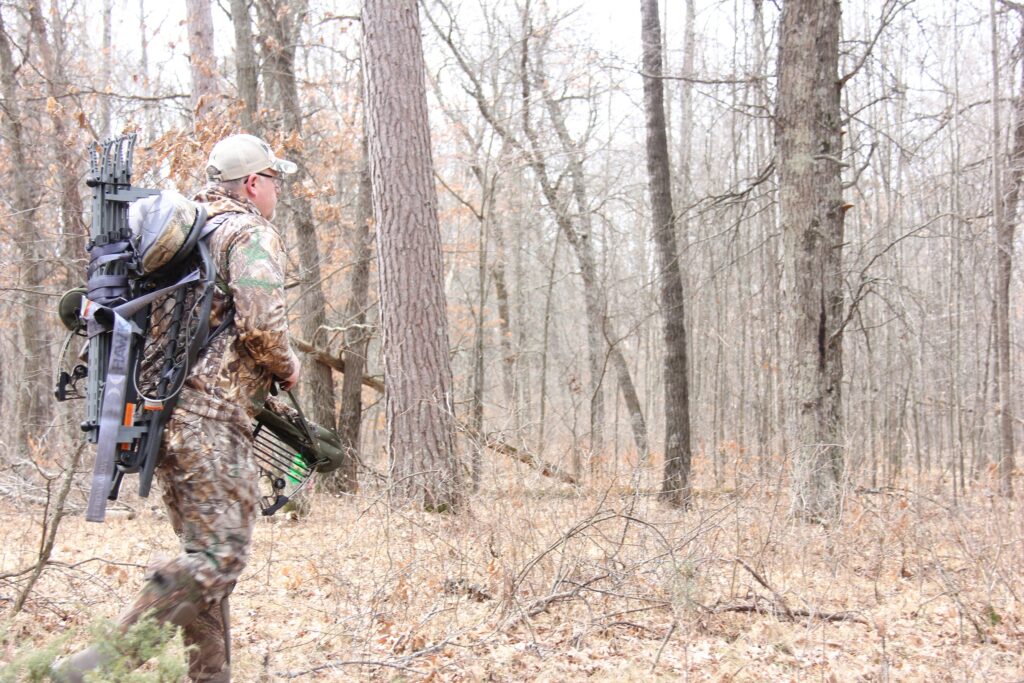
Because of the funds available, many food plots are planted back in these properties and access roads, while gated off, offer easy walking to the food plots. Finding the right treestand might mean a hike through steep country, but the deer have what they need without leaving the property.
There’s one problem in all this: A lot of people know about it. Many locals hunt the properties, but their activities are mostly limited to the edges where they can access their stands evening and weekends. If you are willing to penetrate deeper into these properties, which means hauling your gear over some rough country—and hauling your deer out while soaked in sweat—this might be for you.
Most parking lots and access points around the areas will have trucks parked in them during the rut and they may have license plates from Florida to Oregon (I’ve seen both). You’ll have to work hard to find a place with some elbow room, but the bucks are there if you put in your time and bust your hump. Get on the Missouri Department of Conservation website to find a list of these areas and maps of each. Deer tags and licenses are OTC and will cost you $225.
Western Kentucky WMAs
If you can stand the heat, Kentucky offers one of the best opportunities in the USA to shoot a buck in velvet. An early September opening day means it will likely be hot so there’s no leaving a shot deer for a morning recovery. The good news is this: The deer are often on very predictable feeding and bedding patterns. Soybeans and alfalfa fields bordering public properties, and crops often planted on the properties themselves offer a great chance to shoot a buck with fuzzy antlers during the first week of the season before the velvet is scrubbed off and the bachelor groups break up, causing their patterns to be more difficult to figure out.
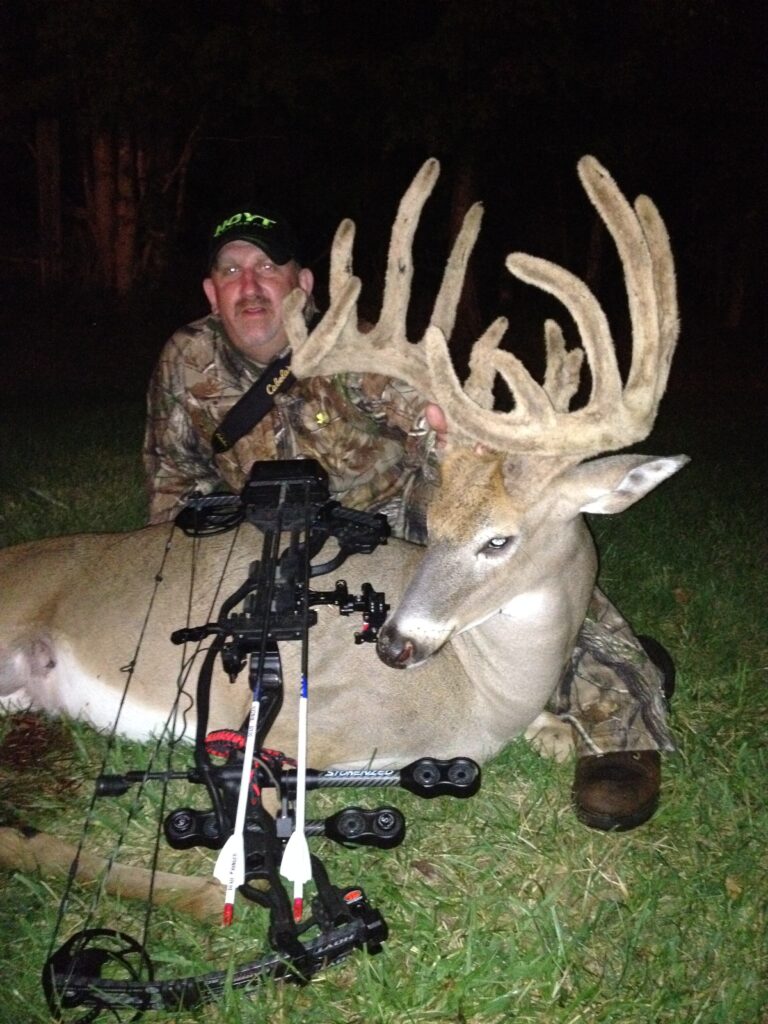
Several large state-owned public hunting properties and a handful of small ones are found in the western corner of the state. The most notable is the Land Between the Lakes recreation area which has more than 100,000 acres within the Bluegrass State. A hunting license and a deer tag are $260 and can be bought over the counter.
Black Hills, South Dakota and Wyoming
Elk and antelope are the primary animals that come to mind when a person thinks of hunting the Black Hills, but whitetails are abundant and often overlooked. The entire Black Hills National Forest is 2.3 million acres and about 70 percent of it is public hunting. That should keep you busy for a while. I’ll give you a tip that will help you narrow it down: about 20 percent of it is in Wyoming, but some of the best whitetail hunting is within that state.
There are 30 developed campgrounds and dispersed camping is allowed on most of the National Forest. EHD wiped out much of the mature buck population in 2011 and 2012, but biologists tell me they have been seeing more 2- to 3-year old bucks in the last couple years than they were even before the disease went through. That’s great news for the next few years.
Much of the hunting in Wyoming takes place along the edges of the forest where throngs of deer move into the irrigated alfalfa fields to feed in the evenings. Many landowners aren’t too fond of these deer and they might let you hunt their land if they haven’t leased it to an outfitter. You won’t find many 150 and up bucks in these areas, they rarely get that big, but the 125-135 class bucks are abundant.
Apply for a Wyoming tag ($342) in late spring and you will draw about every other year, sometimes in consecutive years. South Dakota has an application process as well, but tags ($195) are unlimited.
Iowa’s Large Reservoirs
Lakes Rathbun, Red Rock and Saylorville all have abundant public hunting land surrounding them. This includes Army Corps land, state land and in some cases county conservation board public hunting properties are adjacent to it.
There is floodplain and in many cases creeks that flow into the lakes, many of which come down off timbered hills and valleys rich with big bucks that get a lot less hunting pressure than you might think.
Some of the stuff is pretty hard to get to, and best accessed with a boat. Drive the boat a mile up the lake and get out on shore to access your stand. You’ll likely be the only hunter within some distance. It’s a bit of extra work, but if you find that golden nugget of an area, it will all be worth it. Bowhunters excel here: The rut can be crazy back in these places. You are in Iowa, after all. Nuff said.
With all permits in hand including the cost of preference points, it’s going to take you three years and about $700 before you take to the field with a buck and a doe tag in your pocket.
Lake McConaughy, Nebraska
Another large reservoir surrounded by tons of public land. The upper reaches of the lake were underwater for many years, then a drought created thousands of acres of habitat for the deer. Recently the lake levels have come back, but the habitat along the feeder streams on the western end of this reservoir is full of good food and nice bucks. The 2,500-acre Clear Creek area is the largest.
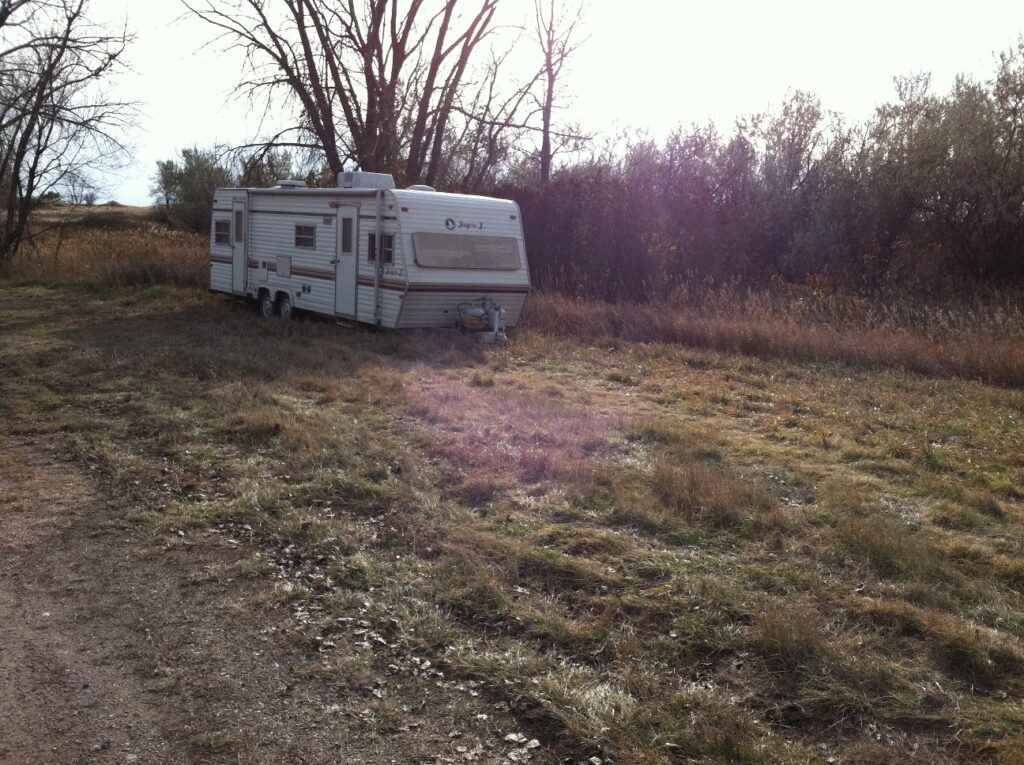
It’s hard to hunt (notice a recurring theme here) because there are many small streams that must be crossed to get to some of the best backcountry where hunting pressure is minimal.
Truth is hunting pressure is relatively minimal throughout when compared to other areas in the Midwest and east. There’s very little population in this area and your biggest challenge may be finding lodging within an hour of where you are hunting. If you don’t mind a little company, the eastern end of the lake offers hunting in areas that are used by campers and picnickers during the summer. They close to camping in the fall, but deer hunters can walk in an access pretty decent deer hunting.
It’ll cost a nonresident $229 to hunt in Nebraska. That’s a bargain because you can shoot two bucks and the tags include both whitetail and mule deer, which are fairly common in the upland areas.
